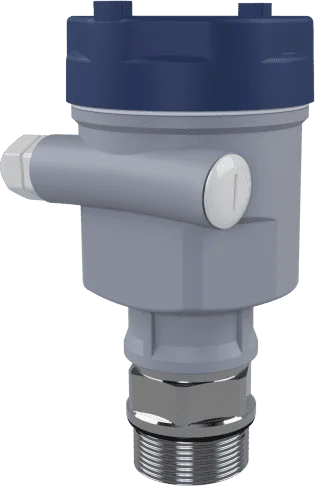Best Radar Tank Level Sensor

Radar tank level sensors operate by sending out a microwave signal and timing how long it takes for the signal to reach the liquid or chemical’s surface and return. The distance to the liquid or chemical’s surface and, thus, the level are determined using this time, also referred to as the journey time.
A microwave signal that is sent by the sensor interacts with the liquid or chemical’s surface after travelling through the atmosphere. While the remaining signal energy continues to move through the liquid or chemical, some of it is reflected back to the sensor. The distance to the surface of the liquid or chemical is determined by measuring the amount of time it takes for the reflected signal to return to the sensor.
In most cases, radar tank level sensors are non-contact, which means they don’t really make physical contact with the liquid or chemical being measured. They can also detect through solid and opaque surfaces like metal or plastic. They may be used to monitor the level of a wide variety of liquids and chemicals and are effective at extreme temperatures and pressures.
Pulsed radar and continuous wave radar are the two different types of radar tank level sensors.
Pulsed radar: To measure the time it takes for a signal to return to the sensor after being reflected, pulsed radar level sensors send out a brief burst of microwave radiation. This approach can be used in tanks that contain a lot of vapour or foam.
Continuous wave radar: These sensors measure the frequency change brought on by the reflection from the liquid or chemical surface by continuously emitting microwave signals. This approach is appropriate for usage in tanks with little to no foam or vapour present.
Radar level sensors can be incorporated into a number of control and monitoring systems thanks to the usage of a variety of communication protocols, including 4-20mA, HART, Modbus, Profibus, etc. They also have cutting-edge technologies like echo-to-echo processing and temperature adjustment, which allow precise measurement even in difficult settings.
Although radar tank level sensors can be used in a variety of situations, it’s vital to keep in mind that some liquids or chemicals—such as those that are very conducting or corrosive—may not be compatible with them. Always seek the advice of a professional to choose the optimal level sensor for your individual requirements.
Learn more about level sensors
Please contact us to discuss your application


